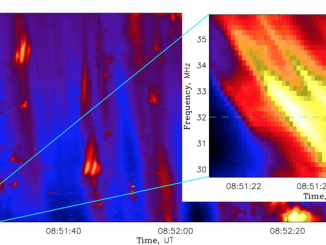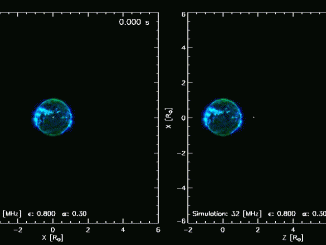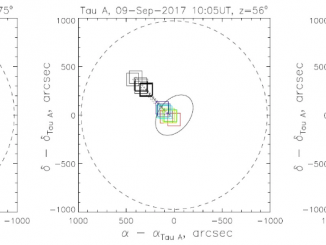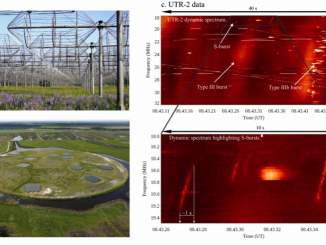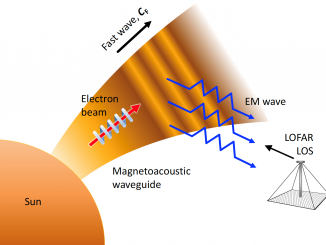On the Source Position and Duration of a Solar Type III Radio Burst Observed by LOFAR
by P. Zhang et al.*
Type III radio bursts are generated by non-thermal electron beams propagating through the solar corona and interplanetary space. In dynamic spectra, the flux of solar type III radio bursts have a time profile of rising and decay phases at a given frequency, which has been actively studied since the 1970s. There are several factors that may contribute to the observed duration of a type III radio burst: 1) The velocity […]


